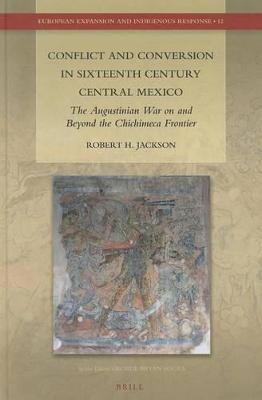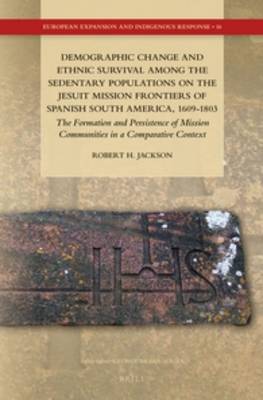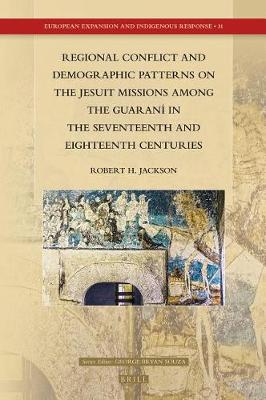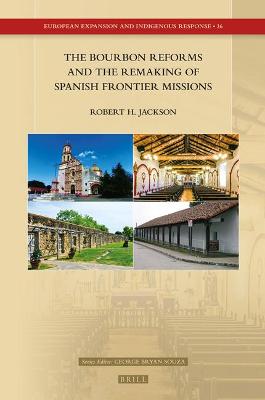European Expansion and Indigenous Response
3 primary works • 4 total works
Book 12
Conflict and Conversion in Sixteenth Century Central Mexico
by Robert H. Jackson
Published 1 January 2013
In the sixteenth century Franciscan, Dominican, and Augustinian missionaries attempted to convert the native populations of central Mexico. The native peoples generally viewed the new religion in terms very different from that of the missionaries. As conflict broke out after 1550 as Spaniards invaded the Chichimeca frontier (the frontier between sedentary and nomadic natives), the missionaries faced new challenges on both sides of the frontier. Some sedentary natives resisted evangelization, and the missionaries saw themselves in a war against Satan and his minions. The Augustinians assumed a pivotal role in the evangelization campaign on both sides of the Chichimeca frontier, and employed different methods in the effort to convince the natives to embrace the new faith and to defeat Satan's designs. They used graphic visual aids and the threat of an eternity of suffering in hell to bring recalcitrant natives, such as the Otomi of the Mezquital Valley, into the fold.
Book 16
Beginning in 1609, Jesuit missionaries established missions (reductions) among sedentary and non-sedentary native populations in the larger region defined as the Province of Paraguay (Rio de la Plata region, eastern Bolivia). One consequence of resettlement on the missions was exposure to highly contagious old world crowd diseases such as smallpox and measles. Epidemics that occurred about once a generation killed thousands. Despite severe mortality crises such as epidemics, warfare, and famine, the native populations living on the missions recovered. An analysis of the effects of epidemics and demographic patterns shows that the native populations living on the Paraguay and Chiquitos missions survived and retained a unique ethnic identity. A comparative approach that considers demographic patterns among other mission populations place the case study of the Paraguay and Chiquitos missions into context, and show how patterns on the Paraguay and Chiquitos missions differed from other mission populations. The findings challenge generally held assumptions about Native American historical demography.
Book 31
In the 17th and 18th centuries Spain and Portugal contested control of the disputed Rio de la Plata borderlands. The Jesuit missions among the Guarani played an important role in regional conflict through the provision of manpower for campaigns and supplies. However, regional conflict and particularly the mobilization of the mission militia and the movement of soldiers on campaign had demographic consequences for the populations of the missions such as the spread of contagion. This study documents regional conflict in the Rio de la Plata, the militarization of the Jesuit missions, and the demographic consequences of conflict for the mission populations.
The Bourbon Reforms and the Remaking of Spanish Frontier Missions
by Robert H. Jackson
Published 17 January 2022



